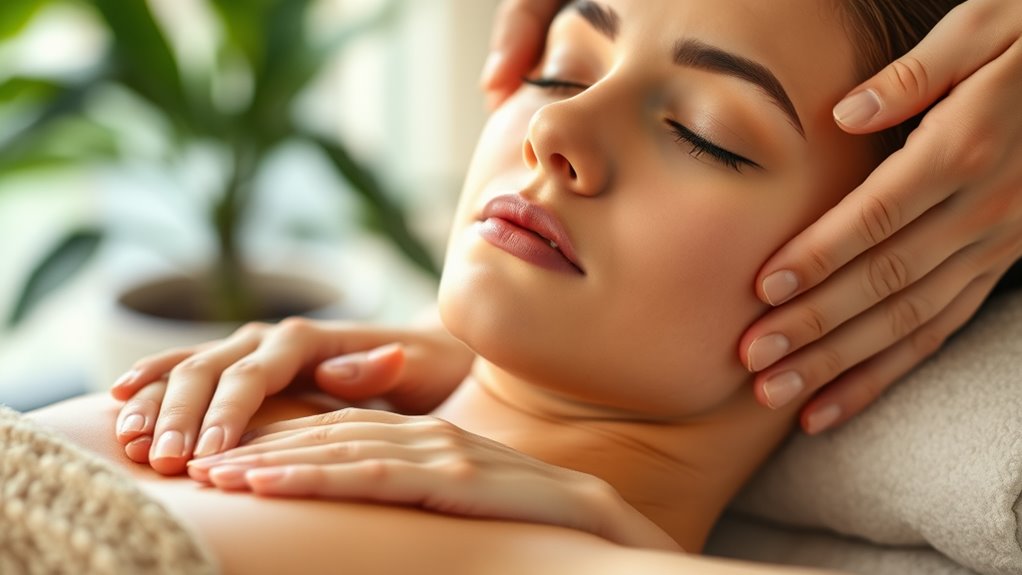When you attend a Bikram yoga class, you will often hear the instructor reminding you to “lock your knees”. This instruction may seem counterintuitive, but it is an essential aspect of the practice.

Jane Benson of Bikram Yoga Mornington highlights that “Locking your knees is a technique that helps to stabilize your body and engage your muscles. This allows you to hold challenging postures for longer periods.”
When you lock your knees in Bikram yoga, you are essentially engaging the quadriceps muscles in the front of your leg, which helps to release the hamstrings. This contraction sends a message via the nervous system for the hamstring to stretch. This can feel uncomfortable or even painful at first.
However, with practice, you will find that locking your knees becomes easier and more natural. This will allow you to deepen your practice and hold postures with greater ease.
By locking your knees in Bikram yoga, you are also helping to build strength in your legs. This is essential for maintaining proper alignment and balance in the postures.
This technique helps to create a solid foundation for your practice. It allows you to move deeper into the postures and achieve greater flexibility over time.
Physiological Benefits of Knee Locking
When practicing Bikram yoga, locking your knees is an essential aspect of many poses. It may feel uncomfortable or even painful at first, but there are several physiological benefits to this technique. See Bikram Yoga Mornington.
Promoting Joint Stability
Locking your knees in Bikram yoga can help promote joint stability, particularly in the knee joint.
By engaging the quadriceps muscles in the front of your leg, you can provide additional support to the knee joint. This can help prevent injury and improve overall joint health.
Preventing Hyperextension
Hyperextension is a common problem in many yoga poses, particularly those that involve the knee joint. Locking your knees can help prevent hyperextension by creating tension in the quadriceps muscles.
This tension can help stabilize the knee joint and prevent it from bending too far backward.
Enhancing Muscle Engagement
Locking your knees in Bikram yoga can also enhance muscle engagement, particularly in the hamstrings.
By contracting the quadriceps muscles, you create tension in the hamstrings. This can help them stretch further and engage more fully. As a result, this can help improve flexibility and range of motion in the legs.
In addition to these benefits, locking your knees in Bikram yoga can also help increase pressure and tension in the connective tissue, ligaments, and cartilage around the knee joint. This can help improve overall joint health and reduce the risk of injury.
Potential Risks and How to Mitigate Them
Bikram yoga can be a challenging and rewarding practice, but it’s important to be aware of potential risks and how to mitigate them. Here are some key strategies to help you avoid injury and stay safe during your practice.
Avoiding Injury Through Proper Technique
One of the most important things you can do to avoid injury in Bikram yoga is to use proper technique.
This means paying close attention to alignment cues and making sure you’re using your muscles in the right way to support your joints and protect your body.
Some common sources of misalignment in Bikram yoga include locking your knees, over-stretching your hamstrings, and collapsing your core.
To avoid these issues, focus on engaging your core, lifting your kneecaps, and keeping a slight bend in your knees when necessary. You should also be mindful of your breath and avoid pushing yourself too hard too fast.
Understanding the Role of Alignment Cues
Alignment cues are an essential part of Bikram yoga, and they can help you stay safe and get the most out of your practice.
These cues may include instructions for proper alignment, modifications for different levels of flexibility, and reminders to engage specific muscle groups.
To get the most out of alignment cues, pay close attention to your body and be mindful of your movements. You should also be willing to ask questions and seek feedback from your instructor if you’re unsure about a particular cue or modification.
Balancing Effort and Awareness
Finally, it’s important to find a balance between effort and awareness in your Bikram yoga practice.
This means pushing yourself to your limits while also being mindful of your body and its limits.
To achieve this balance, focus on building strength and flexibility in your core, hips, ankles, heels, thighs, and other key areas.
You should also be mindful of the heat and its effects on your body. Take breaks as needed to avoid overexertion.
By following these strategies, you can stay safe and get the most out of your Bikram yoga practice.
Remember to listen to your body, use proper technique, and stay focused on your breath and alignment cues to avoid injury and achieve your goals.


